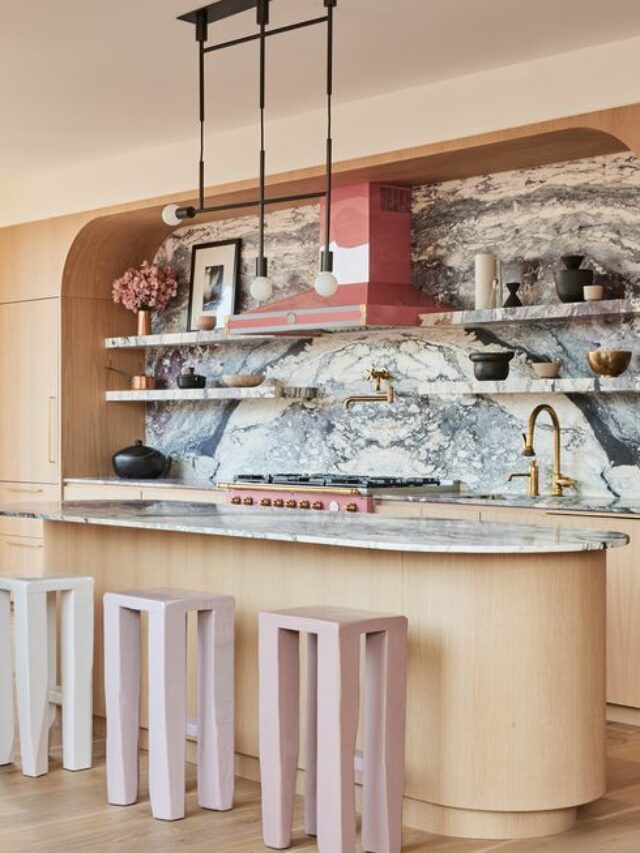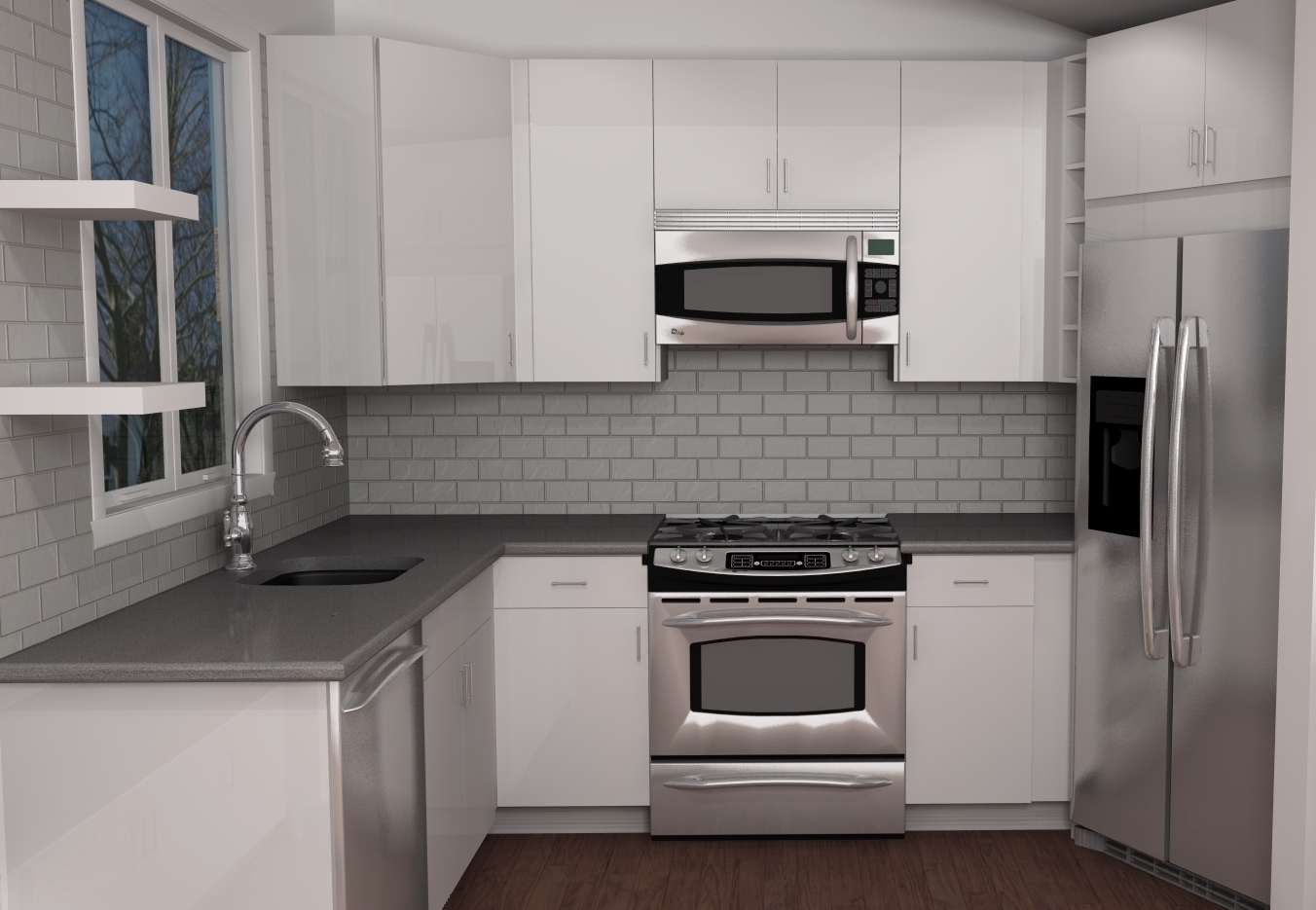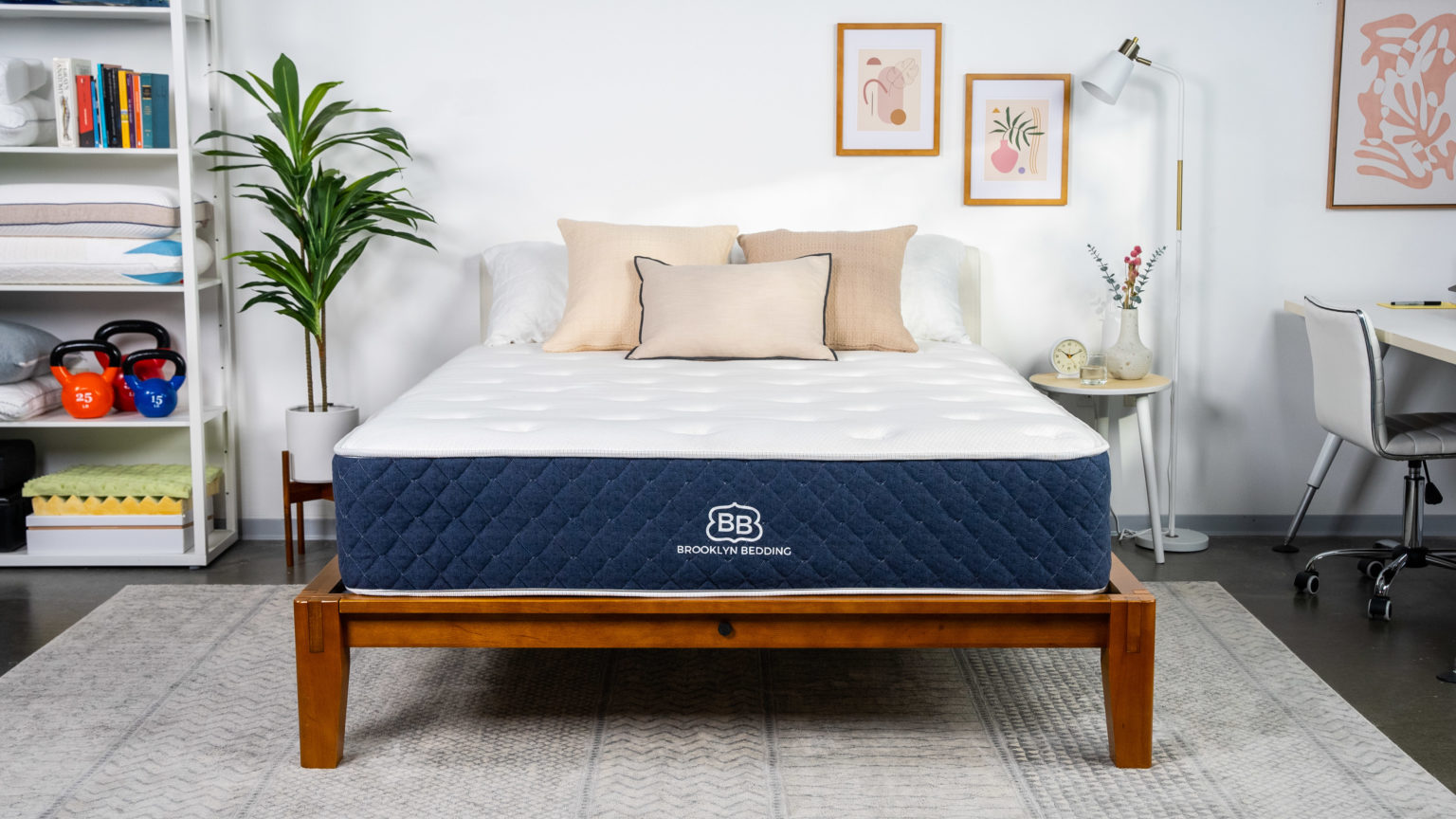The layout of a kitchen is one of the most important elements of good kitchen design. A well-designed layout can make all the difference in how functional and efficient a kitchen is. When planning a kitchen layout, it is important to consider the work triangle, which consists of the three main areas of a kitchen – the sink, stove, and refrigerator. A proper work triangle allows for easy movement between these areas, making cooking and meal preparation a breeze. Additionally, a well-planned layout should also take into account the available space and the needs of the user.Layout
Storage is another crucial element of good kitchen design. A kitchen with ample storage space allows for better organization and keeps the countertops clutter-free. When designing a kitchen, it is essential to consider storage solutions such as cabinets, drawers, and pantry space. These storage options should be strategically placed to make the most of the available space and to cater to the specific needs of the user. Utilizing vertical space, such as installing tall cabinets or shelving, can also help maximize storage capacity.Storage
Lighting is not only a practical element of kitchen design but also a crucial factor in creating the right ambiance. A well-lit kitchen makes it easier to prepare meals, read recipes, and perform other tasks. When planning the lighting for a kitchen, it is important to consider both natural and artificial light sources. Natural light can make a space feel brighter and more spacious, while task lighting, such as under-cabinet lights and pendant lights, can provide focused illumination for specific areas.Lighting
Functionality is key when it comes to designing a kitchen. A good kitchen design should not only look aesthetically pleasing but also be functional and practical. This means that every element and feature in the kitchen should serve a purpose and make cooking and meal preparation easier. When designing a kitchen, it is important to consider the needs of the user and their daily routines. This can help determine the most suitable layout, storage solutions, and appliances for the kitchen.Functionality
The materials used in a kitchen can greatly impact its overall look and feel. Choosing the right materials can also affect the functionality and maintenance of a kitchen. When selecting materials for a kitchen, it is important to consider durability, ease of cleaning, and visual appeal. For example, using natural stone or quartz for countertops can provide a durable and stylish option, while hardwood or tile flooring can be easier to clean and maintain than carpet.Materials
The color scheme of a kitchen can greatly impact its overall design. Choosing the right colors can create a cohesive and visually appealing space. When selecting a color scheme for a kitchen, it is important to consider the size and natural lighting of the room. Lighter colors can make a small kitchen feel more spacious, while darker colors can add warmth and depth to a larger kitchen. It is also important to consider the color of the cabinets, countertops, and other elements to create a cohesive look.Color Scheme
No kitchen is complete without appliances. When designing a kitchen, it is important to consider the appliances needed and their placement. This can greatly impact the functionality and flow of the kitchen. For example, placing the refrigerator near the sink and stove can create a more efficient work triangle. Additionally, it is essential to choose appliances that are energy-efficient and fit within the overall design of the kitchen.Appliances
As mentioned earlier, the work triangle is a vital element of good kitchen design. It refers to the placement of the three main areas of the kitchen – the sink, stove, and refrigerator – in a triangular shape for optimal efficiency. When designing a kitchen, it is important to keep the work triangle in mind and ensure that there is enough space between each area to allow for easy movement. This can greatly impact the functionality of the kitchen and make meal preparation more efficient.Work Triangle
Counter space is an essential element of any kitchen. It provides a surface for food preparation, cooking, and other tasks. When designing a kitchen, it is important to consider the available counter space and how it will be utilized. Ensuring there is enough counter space near the sink, stove, and refrigerator can make cooking and cleaning up easier. It is also important to consider the material and height of the countertops for comfort and durability.Counter Space
Last but not least, ventilation is a crucial element of good kitchen design. A properly ventilated kitchen can help remove cooking odors, smoke, and excess heat, making the space more comfortable to work in. When designing a kitchen, it is important to consider natural ventilation, such as windows, as well as mechanical ventilation, such as a range hood or exhaust fan. Proper ventilation can also prevent the buildup of moisture, which can lead to mold and mildew. Ventilation
Creating a Functional and Stylish Kitchen Design
 When it comes to creating the perfect kitchen design, it's important to strike a balance between functionality and style. The kitchen is the heart of the home, where meals are prepared, memories are made, and families come together. Therefore, it's crucial to consider the elements of good kitchen design to ensure that your space is not only aesthetically pleasing but also practical and efficient.
When it comes to creating the perfect kitchen design, it's important to strike a balance between functionality and style. The kitchen is the heart of the home, where meals are prepared, memories are made, and families come together. Therefore, it's crucial to consider the elements of good kitchen design to ensure that your space is not only aesthetically pleasing but also practical and efficient.
Layout and Traffic Flow
 One of the key elements of good kitchen design is the layout and traffic flow. A well-designed kitchen should have a logical and efficient layout that allows for easy movement and access to all areas. The three main types of kitchen layouts are the U-shaped, L-shaped, and galley. Each has its own advantages and it's important to choose the one that best fits your space and needs.
One of the key elements of good kitchen design is the layout and traffic flow. A well-designed kitchen should have a logical and efficient layout that allows for easy movement and access to all areas. The three main types of kitchen layouts are the U-shaped, L-shaped, and galley. Each has its own advantages and it's important to choose the one that best fits your space and needs.
Storage and Organization
 Another essential element of good kitchen design is storage and organization. A cluttered and disorganized kitchen not only looks chaotic but also makes it difficult to find and access necessary items. To combat this, make use of smart storage solutions such as pull-out pantry shelves, deep drawers, and vertical storage. Utilizing wall space with shelving and hooks can also help keep your kitchen organized and clutter-free.
Another essential element of good kitchen design is storage and organization. A cluttered and disorganized kitchen not only looks chaotic but also makes it difficult to find and access necessary items. To combat this, make use of smart storage solutions such as pull-out pantry shelves, deep drawers, and vertical storage. Utilizing wall space with shelving and hooks can also help keep your kitchen organized and clutter-free.
Lighting
 Proper lighting is crucial in any kitchen design. A well-lit kitchen not only makes it easier to prepare meals but also creates a warm and inviting atmosphere. The three types of lighting that should be incorporated in a kitchen are ambient, task, and accent lighting. Ambient lighting provides overall illumination, task lighting is used for specific tasks such as cooking, and accent lighting adds visual interest and highlights certain areas.
Proper lighting is crucial in any kitchen design. A well-lit kitchen not only makes it easier to prepare meals but also creates a warm and inviting atmosphere. The three types of lighting that should be incorporated in a kitchen are ambient, task, and accent lighting. Ambient lighting provides overall illumination, task lighting is used for specific tasks such as cooking, and accent lighting adds visual interest and highlights certain areas.
Materials and Finishes
 The materials and finishes used in a kitchen design can greatly impact its overall look and feel. When choosing materials, consider their durability, functionality, and aesthetic appeal. For example, granite or quartz countertops are durable and easy to maintain, while hardwood or tile flooring is both stylish and practical. It's also important to consider the color palette and finishes, such as matte or glossy, to create a cohesive and visually appealing design.
In conclusion, a good kitchen design takes into account not only the style but also the function and practicality of the space. By paying attention to the layout, storage, lighting, and materials, you can create a kitchen that is both beautiful and efficient. Remember to always consider your own needs and preferences when designing your kitchen, as it is a space that should cater to your lifestyle and make your daily tasks easier.
The materials and finishes used in a kitchen design can greatly impact its overall look and feel. When choosing materials, consider their durability, functionality, and aesthetic appeal. For example, granite or quartz countertops are durable and easy to maintain, while hardwood or tile flooring is both stylish and practical. It's also important to consider the color palette and finishes, such as matte or glossy, to create a cohesive and visually appealing design.
In conclusion, a good kitchen design takes into account not only the style but also the function and practicality of the space. By paying attention to the layout, storage, lighting, and materials, you can create a kitchen that is both beautiful and efficient. Remember to always consider your own needs and preferences when designing your kitchen, as it is a space that should cater to your lifestyle and make your daily tasks easier.




















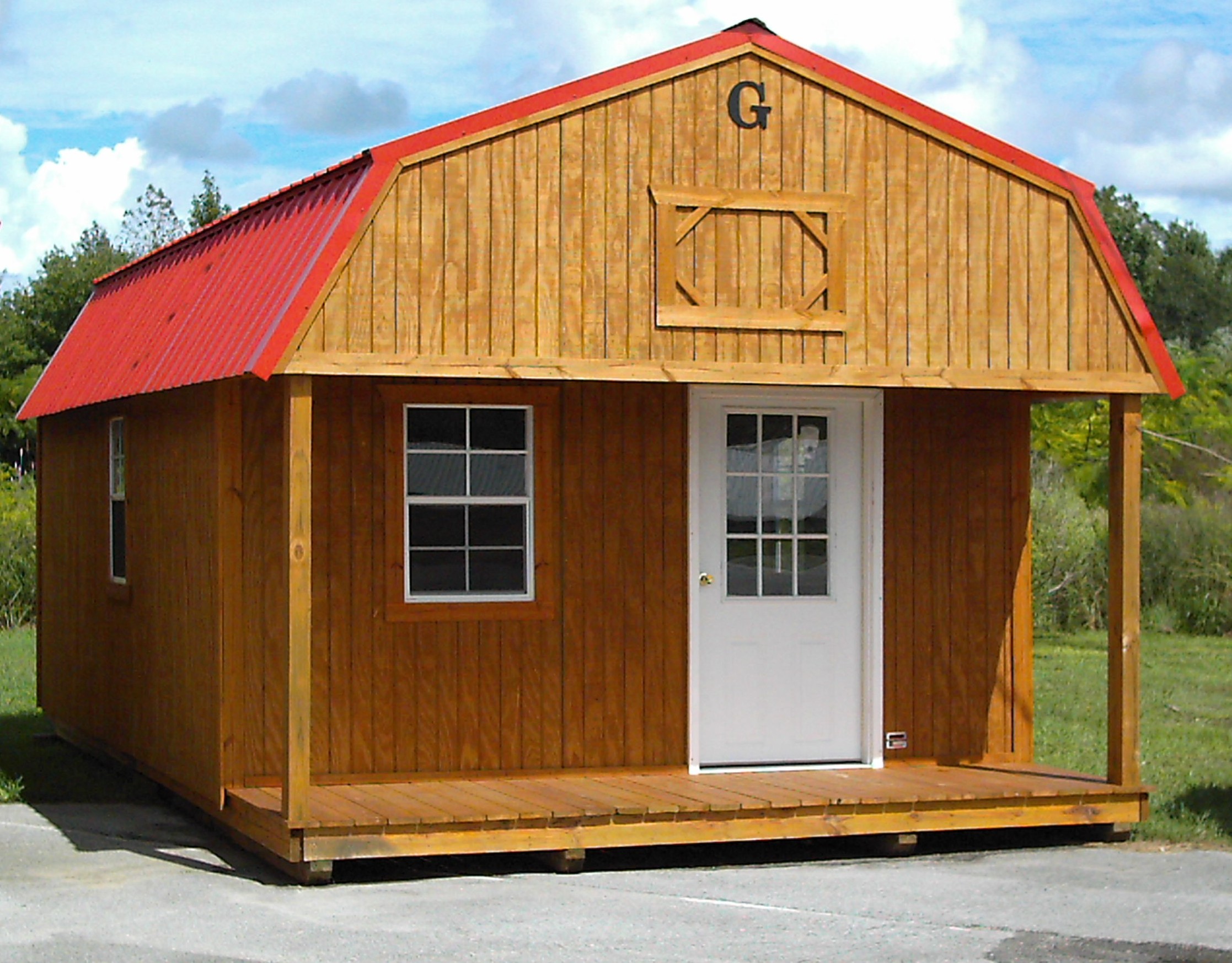








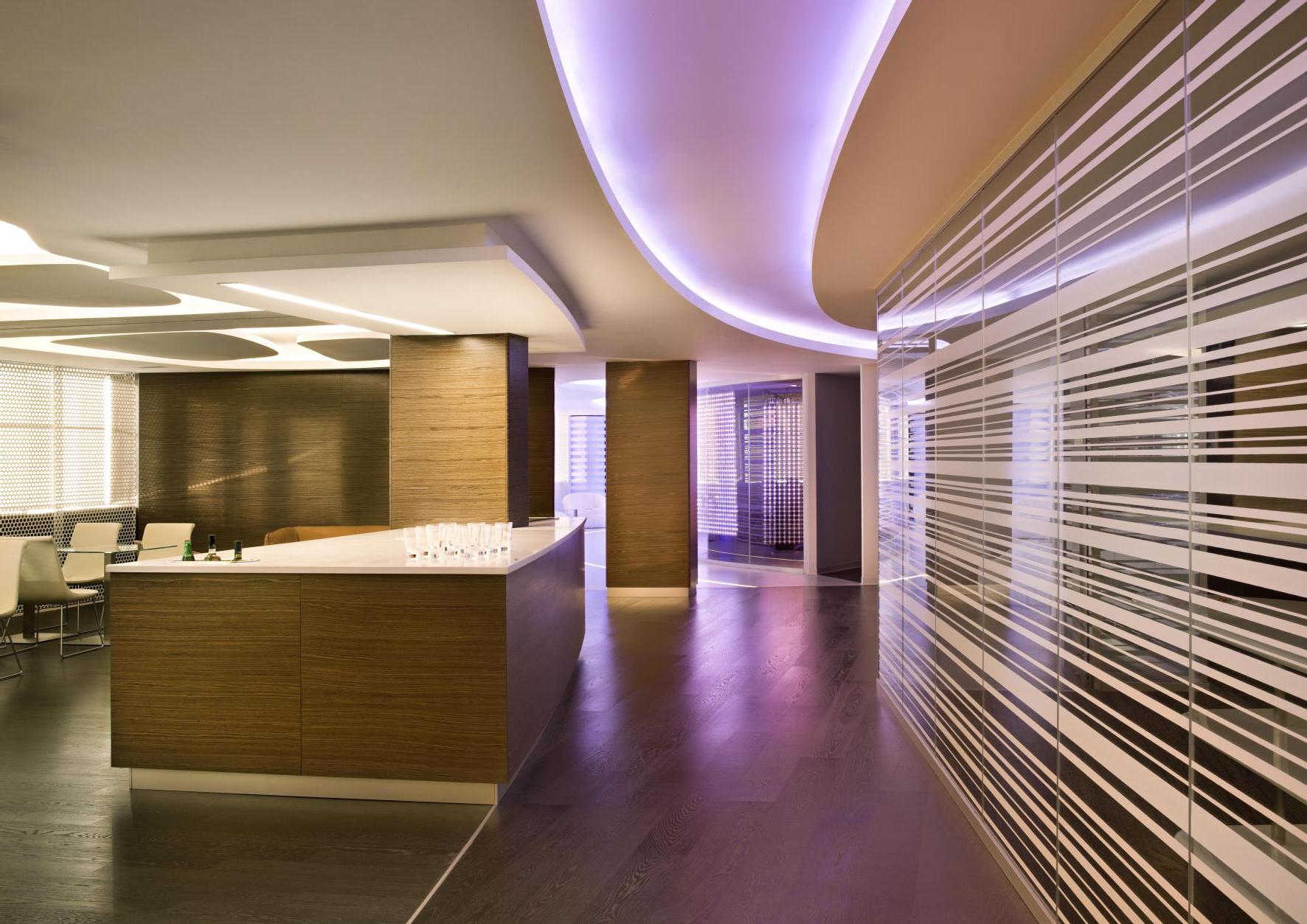









/182786404-56a9f6725f9b58b7d00038e0.jpg)











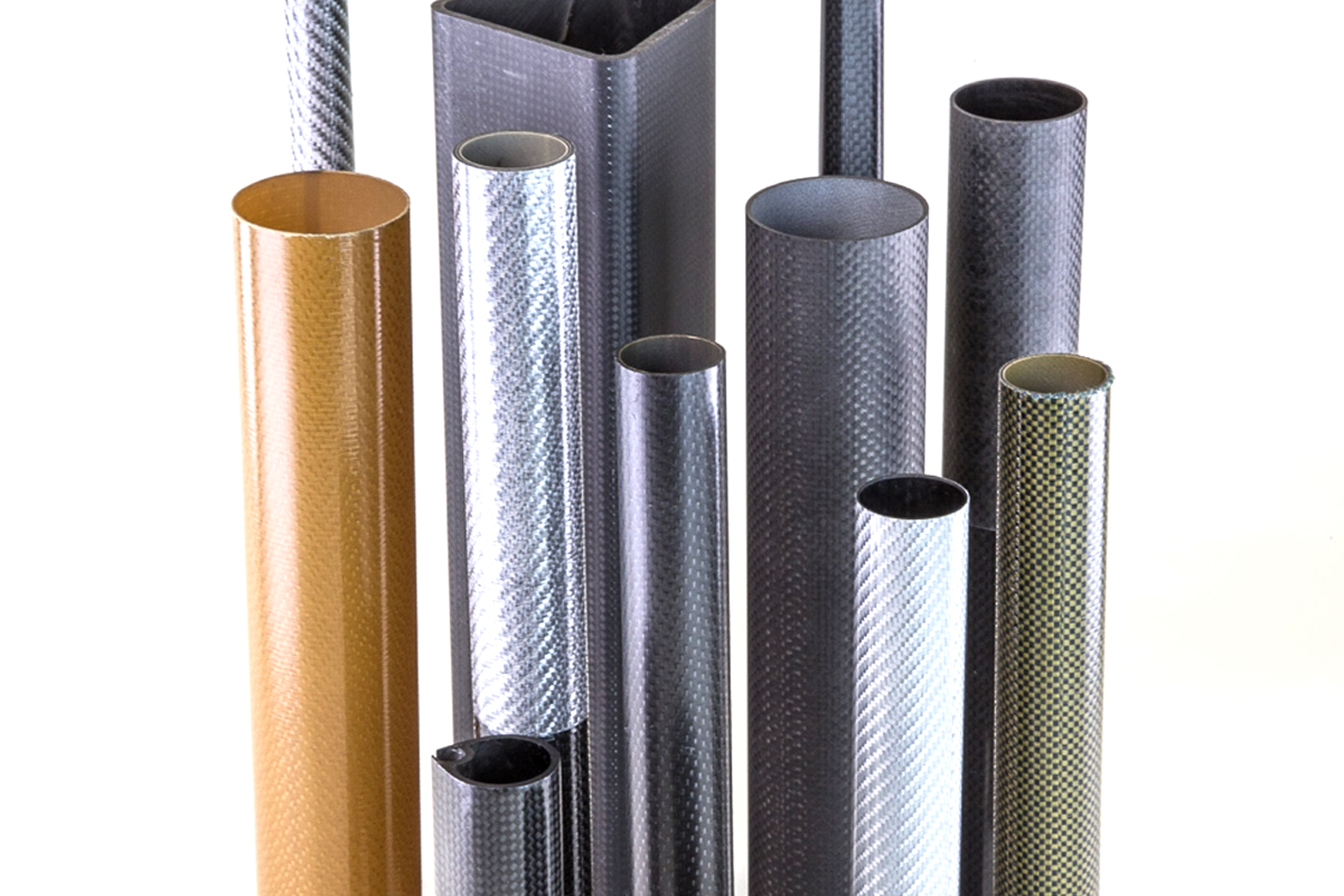

















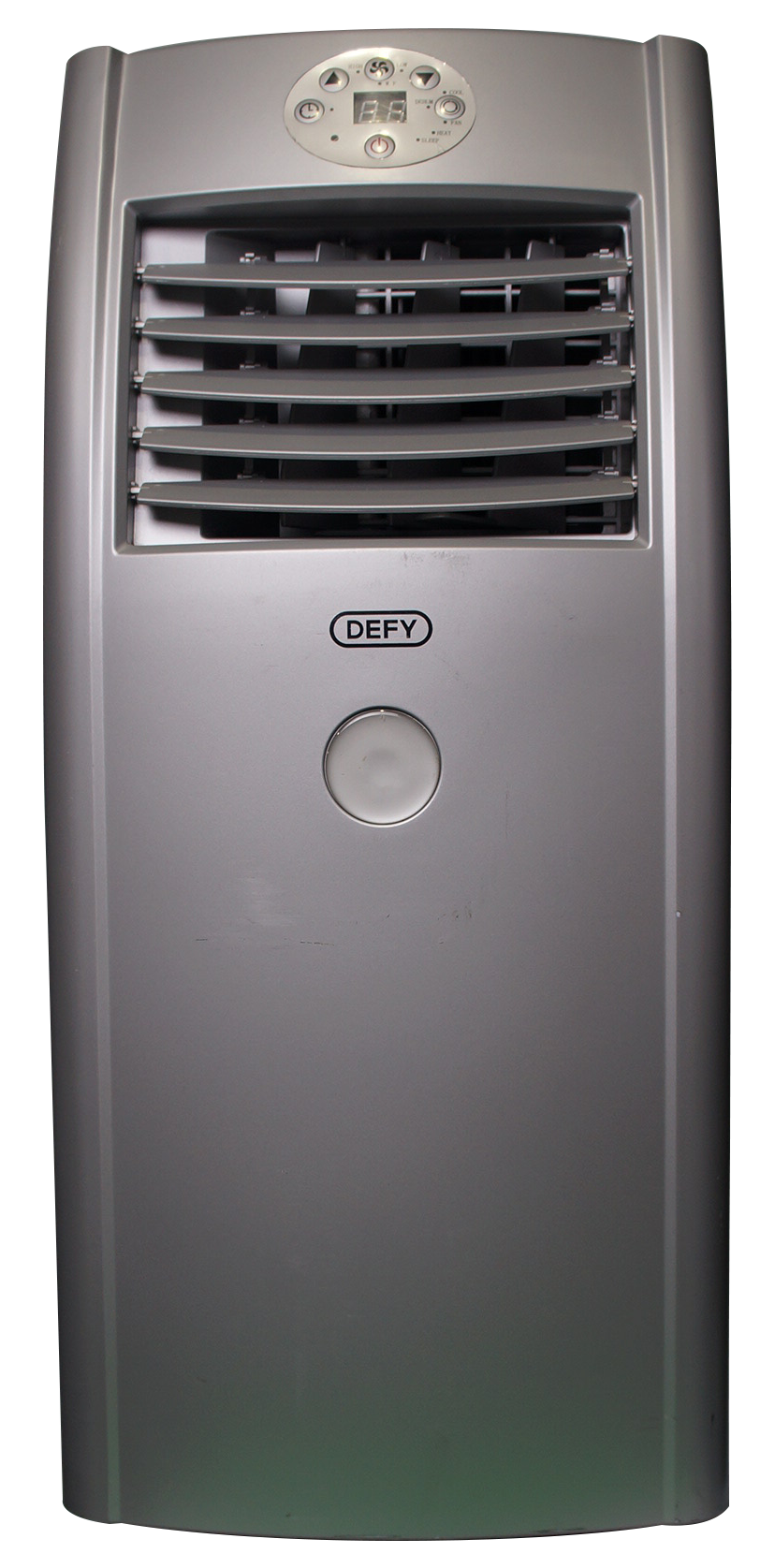

/appliancesalexeydudoladovGettyImages-171589331-57b37c3c5f9b58b5c2cb819c.jpg)










